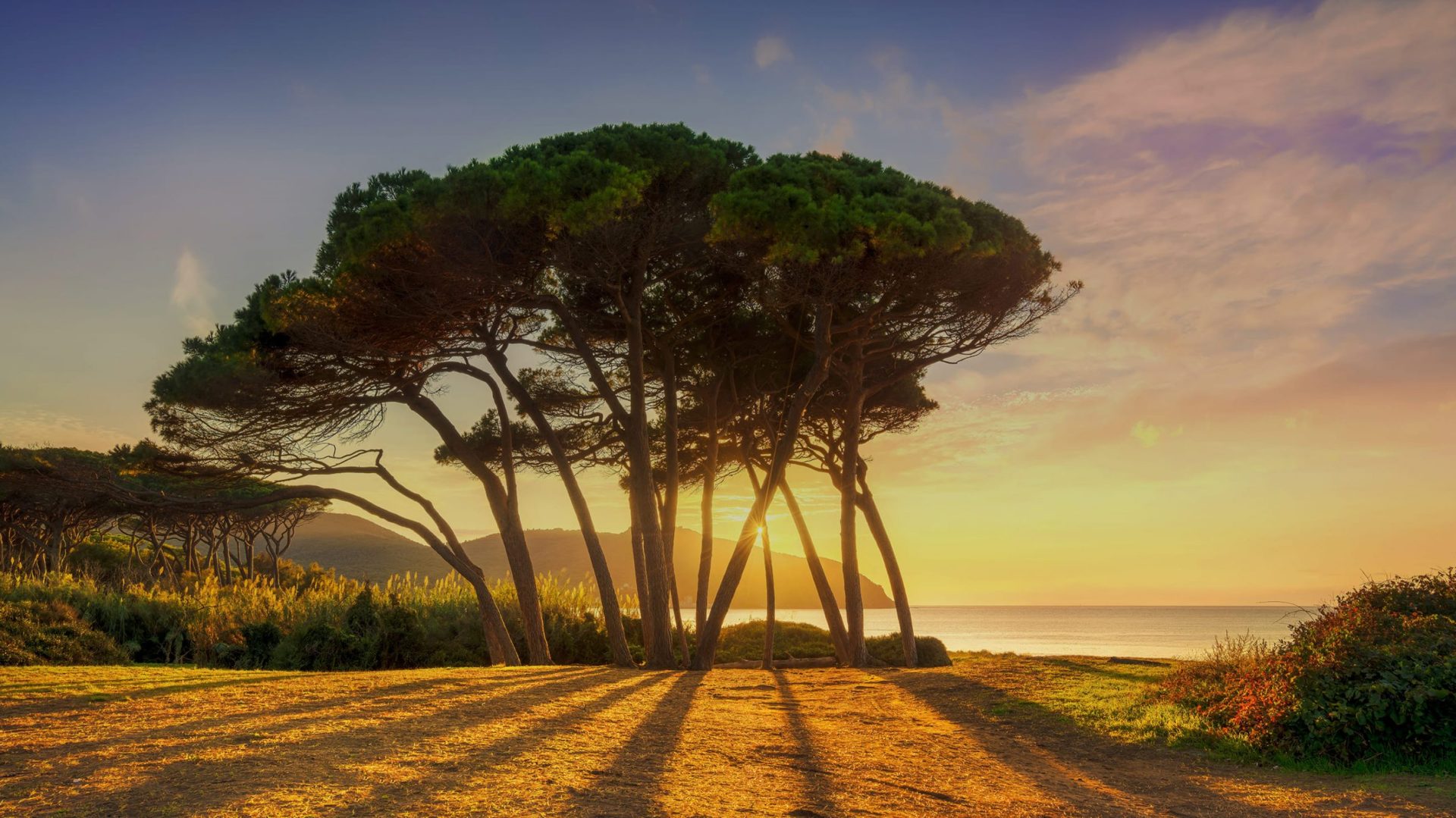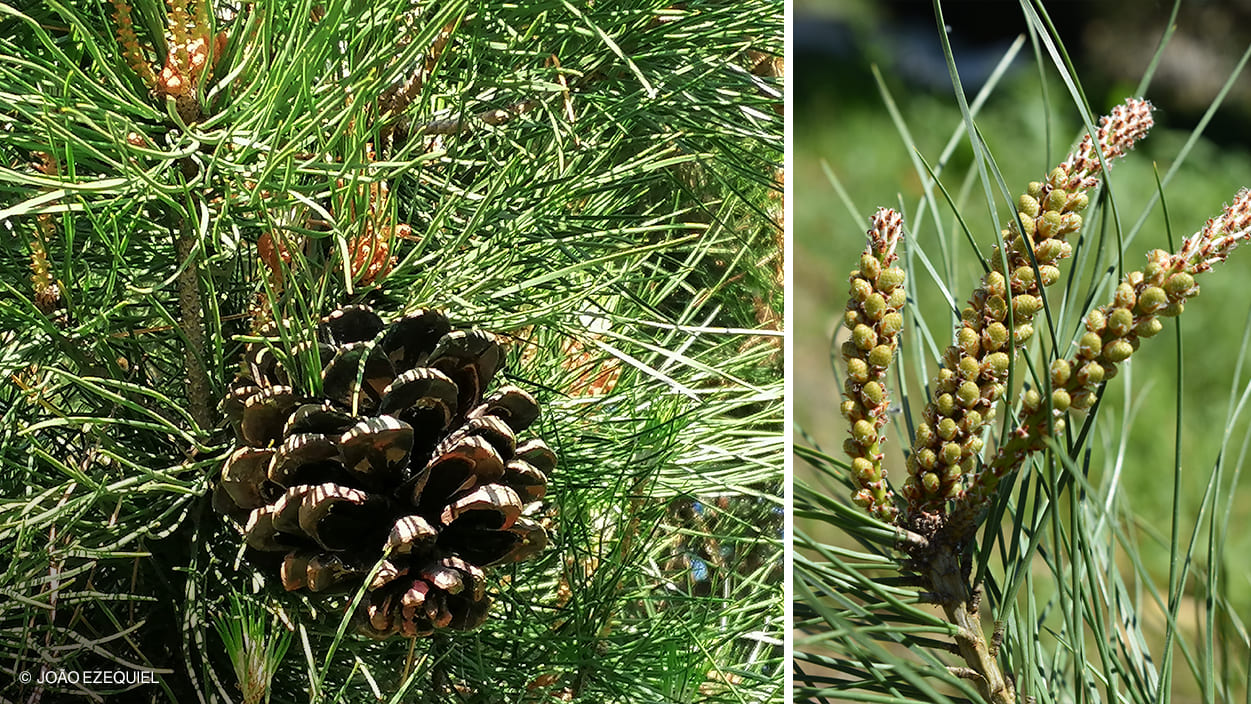Theophrastus (372 BC to 287 BC), Greek philosopher and botanical pioneer, referred to the species as a “domestic pine”. The name has come through into Portuguese as “pinheiro-manso” (“tame pine”), while in English it is known as the stone pine (Pinus pinea). The history of its domestication and cultivation is so old that its exact region of origin is not known.
The stone pine is a conifer (a tree that produces pine cones) considered native in Southern Europe and Western Asia, regions where its wood and particularly its seed—the pine nut, also known as the fruit—have been appreciated for thousands of years. The earliest evidence of its use by humans was found in Gibraltar and is dated at over 49,000 years ago.
In mainland Portugal, there are stone pines almost everywhere and it is the forest species whose presence has increased the most: from 120,000 to 194,000 hectares between 1995 and 2015. The Alentejo is home to 68% of the species in the country. It is so common in Alcácer do Sal, where its growth is encouraged by many hours of sun exposure, that this area is known as “stone pine country”.
Given that it is a pioneer species—age-old, undemanding, and able to live in adverse conditions (for example, with little water and in arid soils)—it has adapted well to many places where it has been planted. So much so, that it is now considered to have become naturalised in regions as far away as South Africa and parts of the Americas.
These characteristics underline the ecological importance of the stone pine and make it an ideal species for reducing soil erosion and for reforestation work in arid areas at risk of desertification. Its presence helps restore a more inviting habitat for other plants and animals.
An adult stone pine can reach a height of 30 metres, and it has a wide crown and a trunk that can exceed two metres in diameter. These sizeable dimensions, together with its inflorescences and seeds, make it a food and home for birds and rodents. As a tree gets older, the cracks and crevices that can open up in the trunk help to turn it into a refuge, which can also be used for nesting.
The redstart is one of the birds that takes advantage of the natural shelters provided by the stone pine, but it is not the only one that can be found in this habitat: wood pigeons, great tits, and Sardinian warblers are other examples. The fact that stone pine forests also appeal to several mammals, such as the European rabbit, which burrows in the base of its trunk and feeds on the surrounding grass, also makes them more popular with birds of prey.
Despite it being a widely planted species (which helps justify its “Low Concern” status in conservation terms), the stone pine has been included in the Natura 2000 Network Sectoral Plan – priority habitat 2270 – Dunes with Pinus pinea or Pinus pinaster forests – under the Habitats Directive (although the features defined for this type of habitat are complex to interpret in Portugal).





